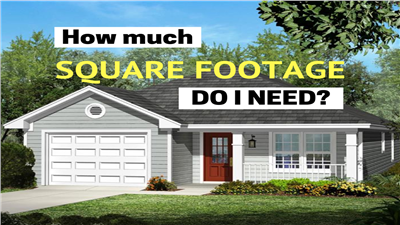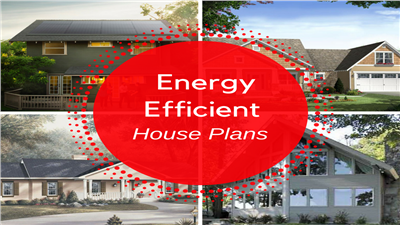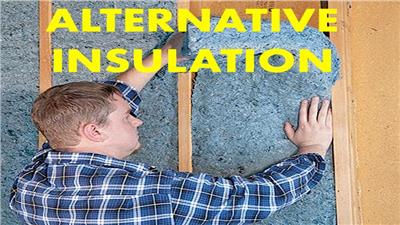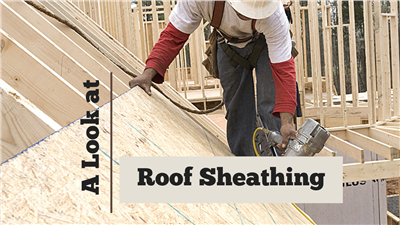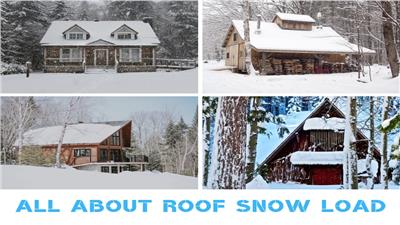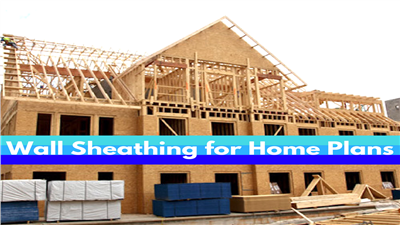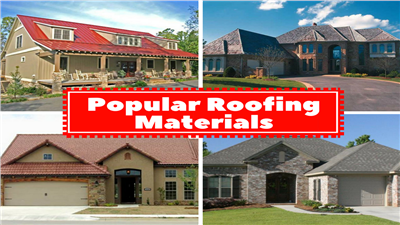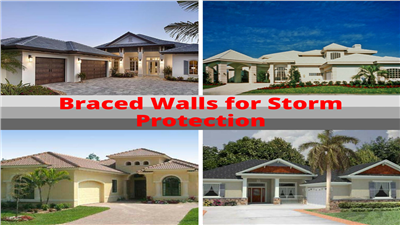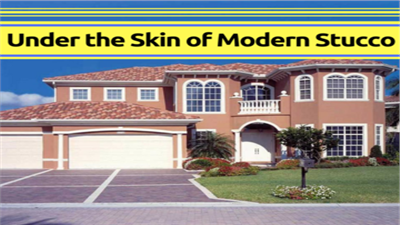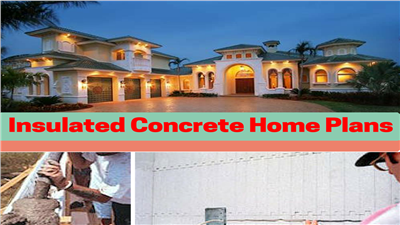Latest Stories
How Much Square Footage Do I Need for a New Home?
Knowing “how much square footage do I need” when building or buying is something every potential homeowner absolutely has to consider. Even if you find the perfect style of home, the question that’s always asked is, “Is it big enough?”
Energy Efficient Home Ideas: How to Take Your House Design to the Next Level
Energy-efficient house plans are designed while considering the impact of the building materials on the environment by using natural resources, recycled materials, and new technologies – including building techniques – all while saving the homeowner money. These home plans are a win-win!
Top Prospects for Alternative Insulation in the Home
Insulation is a critical aspect of home construction, but traditional materials are far from perfect. If a product could be affordable, environmentally friendly, and convenient to work with – and offer an unprecedented R-value – then it could corner the insulation market.
What You Need to Know about Roof Sheathing
The surface material of a roof is important, but no matter what you use to cover it, a roof wouldn't be possible without the base material below. The perfect base, or roof sheathing, material is lightweight, dimensionally stable, strong, and affordable. Here's how some popular sheathing options stack up.
What You Need to Know about Roof Snow Loads
Building codes are put into place to avoid snow-related catastrophes. Snow and ice buildup can cause sagging in roof that’s not strong enough, which will then lead to pooling water when the rainy seasons come around. If the roof isn't framed to code, snow buildup could cause it to collapse.
Exterior Sheathing – Top 5 Exterior Wall Sheathing Options for New Home Builds
It’s important to consider wall sheathing materials and methods when planning a new home build. But it's also something that many homeowners don’t account for – mostly because they don't know about the available options. Here are some of those options and how they affect your house as a whole.
5 Most Popular Materials for the Roof Over Your Head
Many components go into a roof to make it a cohesive unit. All are crucial, but nothing gives it “personality” like the materials used on the surface. Asphalt, metal, tile, and the like provide not only aesthetics but the durability and longevity that serve as the roof’s true value.
Braced Walls and the International Residential Code
Implementing proper wall bracing increases the structural quality of the home and makes it much safer to live in. Bracing that is installed according to building code guidelines protects against collapse during high winds or earthquakes as well as the stress on wall components from supporting the heavy roof.
Like the Look of Stucco? You Need EIFS
Some materials have obvious natural insulating and temperature-regulating properties and excel at battling the weather, like brick or stone, but they are also very costly. A form of modern stucco – called Exterior Insulating and Finishing System (EIFS) – withstands the elements, is energy efficient, and not surprisingly, is growing in popularity.
ICF Construction: Why You Should Care about It for Your New House Plan
Energy efficiency and eco-friendliness should be at the forefront of every homeowner's mind. But despite the shift to LED lighting and efficient HVAC systems, many homes are still lagging behind when it comes to their walls and insulation. Insulated Concrete Form construction may be the answer for your next home!
